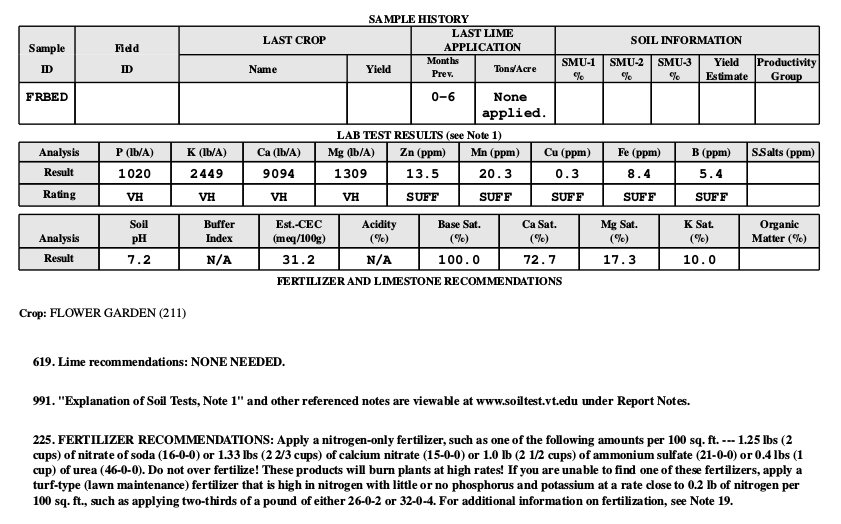- Thread starter
- #1,701
Last but most important..... Brother Bob, big congrats on the Eagles!! Ive known a few Eagle fans in my life and they all went crazy last Sunday. John in Maui from South Jersey cant contain himself. Probably one of the most important days in his life so far. He's waited a while. Go Packers!!
Yeah thanks buddy... the whole city is going wild right now... been waiting for that for a long while. Was a great game... Reminds me, gotta get me a super bowl championship hat!





